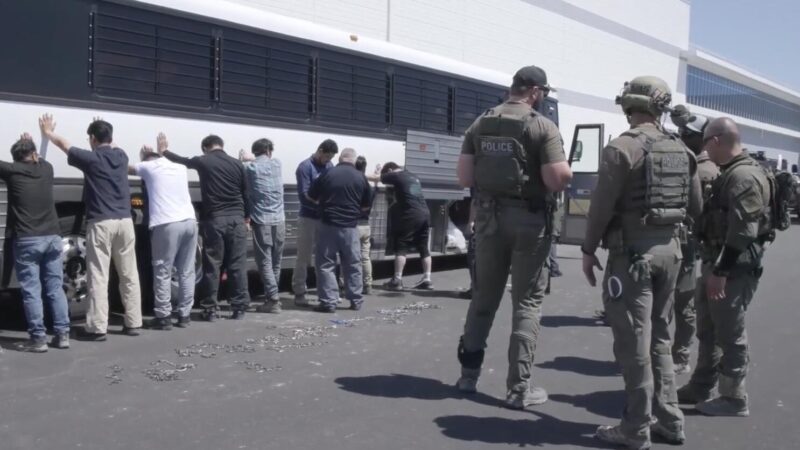Cyber-attacks on Port of Los Angeles have doubled since pandemic

Cyberattacks on one of the busiest ports in the world have almost doubled since the Covid pandemic started.
Gene Seroka, the executive director of the port, estimates that the Port of Los Angeles is currently the target of around 40 million monthly attacks.
The busiest port in the western hemisphere is Los Angeles, which yearly handles more than $250 billion (£210 billion) in freight.
Mr Seroka claims that Europe and Russia are the main sources of the threats, which aim to hurt the US economy.
Every year, seaports transfer billions of dollars worth of commodities, making them a particularly attractive target for cybercriminals.
They are subjected to ransomware, malware, spear phishing, and credential harvesting assaults every day to create the greatest amount of damage and slow down economies.
To better cyber-security and avoid assaults, the Port of Los Angeles is now collaborating with the Federal Bureau of Investigation’s cybercrime unit.
Millions of dollars have been spent by the port on cyber-protection, leading to the creation of one of the first Cyber Resilience Centers, a division of the FBI.
Within the maritime supply chain, the Cyber Resilience Centre offers improved intelligence gathering and heightened protection against cyber threats.
It serves as a centre for the port’s information gathering, analysis, and dissemination to dockside businesses like cargo handlers and shipping lines.
Global supply chains slowed down during the pandemic as lockdowns drove employees to stay at home and close factories.
According to Mr Seroka, the pressure on supply networks has since subsided. 109 container ships were waiting in line to enter the Port of Los Angeles in January 2022 for more than two days. There are currently about 20 waiting to dock.
However, Mr Seroka thinks the obstructions won’t be cleared fully until 2023. He complained that there wasn’t enough room for all the cargo coming in.
“The crucial role ports play in our country’s economy, supply lines, and important infrastructure has been demonstrated during the last two years.” “We must maintain the systems in the most secure state possible,” he said.






